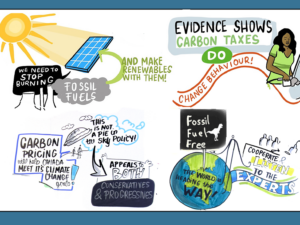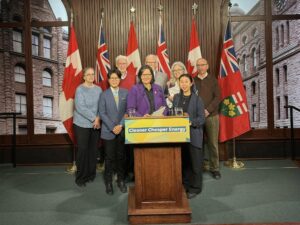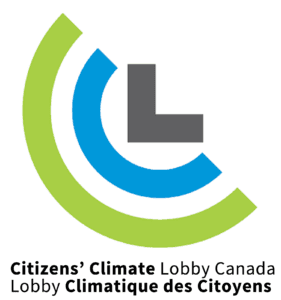Takeaway: Reducing sulphate aerosol pollution will further exacerbate global warming Sulphate aerosols are tiny particles or droplets in the Earth’s atmosphere that contain sulphuric acid (H2SO4) or sulphate (SO4^2-) ions. Human-made sources of sulphate aerosols include the burning of fossil fuels, smelting metals, certain fertilizers, biomass burning, marine shipping and waste incineration. Sulphate aerosols are hazardous to human health and ecosystems. In their study titled “Climate Impact of Decreasing Atmospheric Sulphate Aerosols and the Risk of a Termination Shock,” Simons, Hansen, and duFournet discuss the potential relationship between global warming and a phenomenon referred to as a “termination shock” associated with decreasing atmospheric sulphate aerosols. The research explores how reducing sulphate aerosols, which have a cooling effect on the climate by reflecting sunlight, may have implications for global warming. The authors argue that as efforts to reduce air pollution decrease sulphate aerosols in the atmosphere, this reduction in cooling particles could lead to a rapid increase in global temperatures, a scenario they term the “termination shock.” They base this argument on the idea that the decline in sulphate aerosols could remove a masking effect on the warming caused by greenhouse gases like carbon dioxide. Their research suggests that while decreasing sulphate aerosols may contribute to improved air quality, it poses the risk of exacerbating global warming. This is consistent with their assessment that efforts to mitigate sulphate aerosols should be carefully managed to avoid unintended consequences on our changing climate. The references below provide further details and scientific evidence supporting this hypothesis, highlighting the importance of considering the complex interplay between aerosols, greenhouse gases, and climate change when formulating climate policies. ———— Climate Impact of Decreasing Atmospheric Sulphate Aerosols and the Risk of a Termination Shock (2021) Leon Simons, James E. Hansen and Yann duFournet The Rate of Global Warming During Next 25 Years Could Be Double What it Was in the Previous 50, a Renowned Climate Scientist Warns (2021) – Inside Climate News Suggested Social Media Account: Leon Simons on Twitter: https://twitter.com/LeonSimons8 —————- The Interplay between Sulphur Termination Shock and Global Warming

Laser Talk: The Interplay between Sulphur Termination Shock and Global Warming
Home » CCL Canada News » Laser Talk: The Interplay between Sulphur Termination Shock and Global Warming
Laser Talk: The Interplay between Sulphur Termination Shock and Global Warming
Posted on October 2, 2023 in Laser Talk












